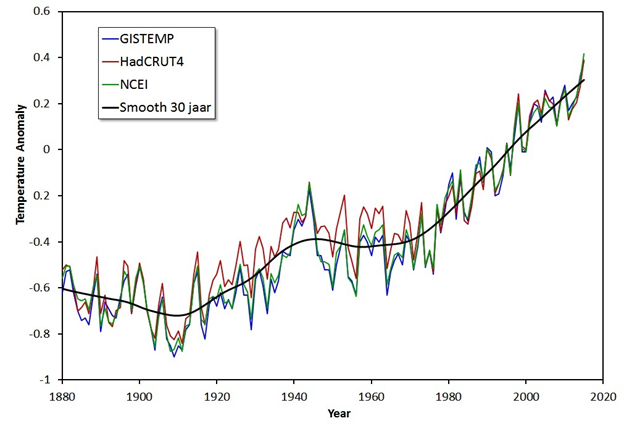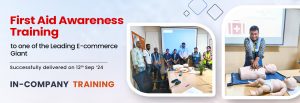
The abominable characteristics of the nature down to the mankind committing matricide are having in a way killed the mother Earth’s natural environment, and the global warming taken its alarming position. The resource consumption, waste generation, vehicular traffic, pollution, deforestation and other disturbances pose a chronic threat to the ecological integrity which laid a way to the slog in global temperature records. As per National Geographic Society, since 1906, the Global average surface temperature has increased between 1.1 to 1.6 degrees Fahrenheit (0.6 to 0.9 degrees Celsius). The effects of raising temperatures aren’t waiting for some far-flung future-signs of the global warming are appearing right now.
As estimated by the ILO database to the World Bank in 2014, over 4 Million worker force is out to work whereas 1 in 3 of the workforce working outside in extreme temperatures for agriculture and infrastructural development. More than the half of the workforce is estimated as involved in a hazardous work. It is hitherto inevitable for some works to be done outdoors by exposing us to the hottest hotspots in several parts of the world.
The doped out effect of global warming is in the human physiology during the exposed conditions is Dehydration. Dehydration is the deficit of the body fluids due to the human kinetics in the physiological mechanism. It occurs primarily in humans when they are exposed to various stresses including exercise, environmental heat and cold, altitude, water immersion, microgravity, singly and in various synergetic combinations. In the midst of the reasons the environmental heat and cold get a hold of the primary reason. Dehydration also appeared to reduce the core temperature a person could tolerate, as core temperature at exhaustion is about 0.7 0 F (0.4 0 C).
The main reason dehydration has an adverse effect on work performance can be summarized as follows:
• Reduction in blood volume
• Decreased skin blood flow
• Decreased sweat rate
• Decreased heat dissipation
• Increased core temperature
• Increased rate of muscle glycogen use
• Reduced maximal cardiac input
• Headache
• Decreased or mere urine excretion
• Parched mouth and tongue
• Rapid pulse,
• Fast and shallow breathes
• Nausea and vomiting
• Irritability and drowsiness

These impair the work capacity and body’s ability to lose heat. Both sweat rate and skin blood flow are lower at the same core temperature for the dehydrated compared with the euhydrated state (Nadel et al. 1979 1980; Sawka and Wenger 1988). A person’s ability to tolerate heat strain appears to be impaired when dehydrated, so the critical temperature for experiencing central fatigue is likely to be nearer 39.0° C (102.2° F) when dehydrated by more than about 5% of body mass (Sawka et al. 1992).
Prevention of Dehydration during Hot Weather Conditions
Water intake should be given to counteract the dehydration in hot and humid weather, regardless of the workers activity level. The fluids such as coffee, tea, alcoholic beverages and energy drinks contain caffeine which contains dehydrating ingredients should be forestalled. Drinks which comprise of carbohydrates and electrolytes can be taken. The other phenomena which can be practiced to avoid dehydration are:
• Shun down the mid day sun (work activities during crack of the dawn, the sundown and the twilight)
• Wear sunscreen and hat that shades your head, neck, ears and face (sunburn stops body cooling itself down properly)
• Wearing loose, thin and light clothing (circulates air and evaporates the sweat, prevents heat absorption)
As per National Institute for Occupational Safety and Health (NIOSH), workers should be made aware of the many risk factors that may affect their heat tolerance in the workplace. Workers should be provided with the healthcare facilities where they can report their recent exposure and discuss present physical condition. Replenish the work environment with plenty of water in convenient locations close to the work site, employers can provide urine color charts near toilet facilities. These charts show the urine colors of a hydrated person compared to a dehydrated person. NIOSH recommends that for moderate activity in moderate conditions, each worker should drink 1 cup of water every 15 to 20 minutes. Workers should be reminded to drink water frequently before becoming thirsty in order to maintain good hydration. Workers should be allowed to take regular rest breaks. Breaks should be held in a shaded or air conditioned area. Employers and supervisors should be monitoring weather reports daily, and if possible, jobs with high heat exposure should be rescheduled to cooler times of the day.
Don’t be a drip!
Take a sip!
Article written by: Ananth Tamilmaniarasu
HSE Trainer,
Green World Group,
Dubai
For more Details contact:


Great work! Looking forward to more articles in the future.
Thanks for visiting us..we will update more and Kindly visit http://greenwgroup.co.in/